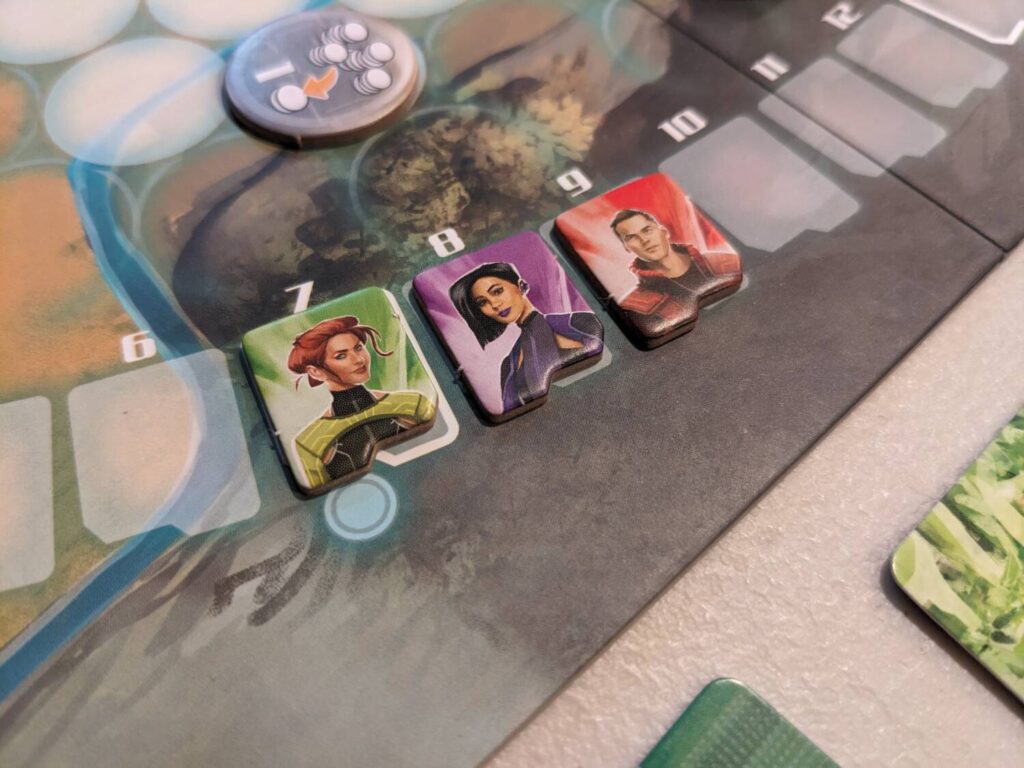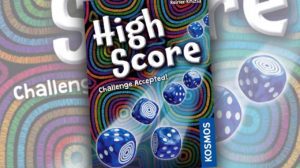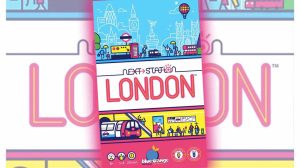Disclosure: Meeple Mountain received a free copy of this product in exchange for an honest, unbiased review. This review is not intended to be an endorsement.
As much as possible, I try almost every review copy of a game with my family if the ages on the side of the box align with the ages of my children.
I have a nine-year-old daughter and a seven-year-old son. When the new tile-laying game Neotopia (published by MEBO Games and distributed by Arcane Wonders in the US) arrived recently, I looked at the side of the box:
“Ages 8+”
Good enough for me. I did my first play of Neotopia with my daughter, and I was impressed by how quickly she got up to speed on the game’s simple ruleset. About 25 minutes later, our game was over and we talked a bit about the game.
That post-game discussion, paired with plays I did with adults in my other gaming groups, have left me in an interesting place. For those seeking a beautiful game at family weight for anyone over the age of seven, Neotopia is a good fit.
For adults, the reception has been mixed, in part because the adults kept blaming a different game: Azul.

Here Are All of the Rules
Neotopia is a tile-laying city building game for 2-4 players. Over a series of turns, players will take three actions on their turn to either take a card from the “Offer” (an open market of four cards, as well as cards that can be “top decked” if none of the cards in the Offer look appealing) or place a tile in one of the board’s three regions.
Those regions each have their own score tracker. Tiles can be pulled into a region from one of the two adjacent Factory areas near a region, and tiles come in four colors: purple, blue, green and red. (Yes, those tile colors have names in the game’s lore, but in my plays, we’ve only ever referred to the tiles by their color.)
The cards in the Offer have a pattern using 3-5 specific tiles. Players attempt to complete patterns on cards to score them; depending on which region has the completed pattern, a player will score those points in that region then discard the card. Completing card patterns is a free action.
When new tiles enter the board, they do so from a central stack; when that stack is depleted, the game ends. Scoring is a mix; in a push to keep players focused on scoring points in all three regions, each player scores points equal to their score in their best and second-best region, then their score multiplied by three in their “worst” (lowest scoring) region.
In this way, the push is clear—focus on scoring points in all three regions to ensure that your “worst” score is still really high. In addition, players score for leftover bonus tiles acquired during the game as well as points for each player’s longest set of adjacent tiles in their color, in each region.

“Well, It IS Beautiful”
Neotopia, designed by Orlando Sá and André Santos, is a fine-looking production and it features a nice heft to the feel of those tiles in my hands. Neotopia is easy to set up, the rules are simple, and the back of the manual has a player aid that defines how bonus markers work.
An interesting thing happened when I handed my daughter her player color card. Each player gets this card to track their actions; the intent is to use this to ensure that a player remembers how many actions they have left on their turn. In this way, imagine taking a card from the market, then placing a token on the “1” of their player card to signify that they have taken their first action.
“Why do they have this card, Daddy?” my daughter asked. “I’m pretty sure I can remember which action I’m on.”
Just the existence of the player cards means Neotopia is a game that fits best as a family experience, maybe even for younger players who want to track their action count. Family plays of Neotopia have been a win; gameplay is peaceful, it’s easy to teach, and finishes in about 45 minutes.
For adult plays, Neotopia has been a mixed bag. One game ended with a player simply shrugging his shoulders. Another player said that he enjoyed the experience but that it wasn’t a game he would think to pull out if it was on his shelf. Yet another player simply shared his appreciation of the game board—”well, it IS beautiful”—before getting up to grab a snack.
Everyone calls out Azul, though. Like Neotopia, Azul is easy to teach. Like Neotopia, the tiles in Azul have a nice, chunky feel in hand. Like Neotopia, games of Azul take 30-45 minutes.
Ultimately, Azul is just a better game in the same space that most players will compare to Neotopia. That’s not a fight Neotopia is going to win, in part because Neotopia feels like a game that will only survive 3-5 plays before fading into the ether. Neotopia’s main edge, if you were to own both games—building out the shared board can be interesting, and gameplay here is more tactical than Azul.
All of that said, my personal pick for favorites amongst tile-laying games in my collection is Wildstyle, a game I had on my top-ten list from 2022. Wildstyle takes everything I like about Azul and Neotopia, then adds a real-time element in a setting that looks like it was ripped out of the video game Jet Set Radio.
I happened to review Sá’s 2019 design Porto earlier this year, and had very similar thoughts to his work then as I do now with Neotopia. Both games are beautiful, a better fit for families, and extremely tactical (to the point that I’m sure you shouldn’t even look at the board until it is your turn!). If that’s your bag for a well-produced tile-laying game, give Neotopia a look!












Add Comment